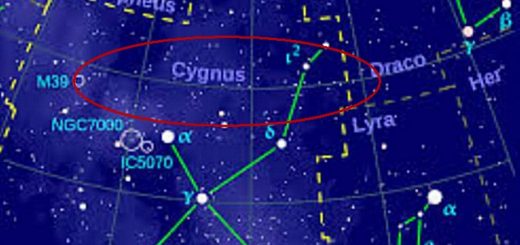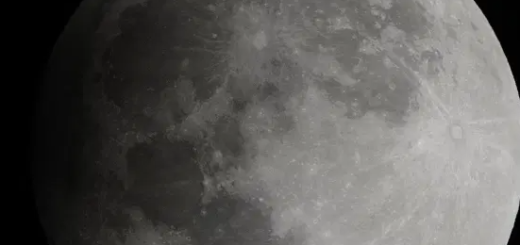We’re Now One Step Closer to a Gravitational Wave Space Observatory

You might remember that back in February, a consortium of more than 1,000 scientists from various countries announced that they had finally spotted the first tangible evidence of the existence of gravitational waves. The waves, first predicted by Albert Einstein roughly a century ago, are basically ripples in the fabric of space-time caused by the acceleration of really massive objects such as black holes.
Spotting gravitational waves from the vantage point of the Earth’s surface was a difficult feat for the Laser Interferometer Gravitational-Wave Observatory (LIGO) lab, which took about 15 years of effort and $620 million to accomplish its feat. Doing so involved shooting laser beams down pairs of 2.5-mile-long (4-kilometer-long) tunnels and bouncing them off mirrors, and then looking for subtle changes caused when a gravitational wave slightly deforms the tunnels.
That was all necessary because Earth’s surface is filled with noise that makes it tough to spot the waves’ signals — it would be a lot easier to study gravitational waves from the relative quiet of space. That’s why the European Space Agency (ESA) has envisioned deploying eLISA, a constellation of far-flung orbital satellites that would communicate with one another via lasers, in the mid 2030s. Such an observatory could scan the cosmos and not only spot gravitational waves, but measure them with significantly more precision than we can do here on the ground. As a step toward that goal, in December 2015, ESA launched the LISA Pathfinder, a smaller-scale satellite designed to test and demonstrate the technology that they plan to use someday in the eLISA project.
On Tuesday morning, ESA scientists announced that a key component of the future observatory aboard LISA Pathfinder — a 4.4-pound (2-kilogram) cube of high-purity gold-platinum alloy — has passed a series of important tests. An article published today in Physical Review Letters shows that moreover, the cube came the closest of any man-made object ever to achieving true free fall — that is, moving through space free of any force other than gravity.
That’s crucial, because eLISA someday will depend upon such frictionless cubes, placed on a trio of satellites in a triangular configuration in space, all about 620,000 miles (998,000 kilometers) apart from one another. Its instruments will detect incredibly tiny changes in the distance between the cubes caused by gravitational waves. But to do that, the satellites will have to block out other effects that would drown out the gravitational waves’ signal.
“Any noise in the system — pressure created by solar radiation, thermal, magnetic and gravitational effects — could perturb the gravitational wave,” ESA project scientist Paul McNamara explained via a Skype call last week.
To filter out those effects, LISA Pathfinder is testing a protective system of thrusters, designed to adjust the spacecraft in a way that compensates for such factors.
McNamara says that LISA Pathfinder contains a vastly scaled-down version of eLISA, in which cubes have been positioned just centimeters apart, rather than hundreds of thousands of kilometers apart. Nevertheless, the test results make him confident that the full-scale technology would work just as well.
“The only thing we’re missing are the two watts of light from the laser [between them],” he says. “That’s something we can test on the ground. The part we accomplished is something you can only test in space.”
Using interferometry to measure distances in space with precision isn’t a new concept. McNamara notes. He cited the example of NASA’s GRACE mission, launched in 2002, uses microwaves to measure variations in the distance between a pair of satellites that are positioned about 137 miles apart in orbit.



 Creators of mankind
Creators of mankind Description of “Tall white aliens”
Description of “Tall white aliens” Where they came from?
Where they came from? About hostile civilizations
About hostile civilizations The war for the Earth
The war for the Earth “Tall white aliens” about eternal life
“Tall white aliens” about eternal life Video: “Nordic aliens”
Video: “Nordic aliens” Aliens
Aliens Alien encounters
Alien encounters The aliens base
The aliens base UFO
UFO Technology UFO
Technology UFO Underground civilization
Underground civilization Ancient alien artifacts
Ancient alien artifacts Military and UFO
Military and UFO Mysteries and hypotheses
Mysteries and hypotheses Scientific facts
Scientific facts


















